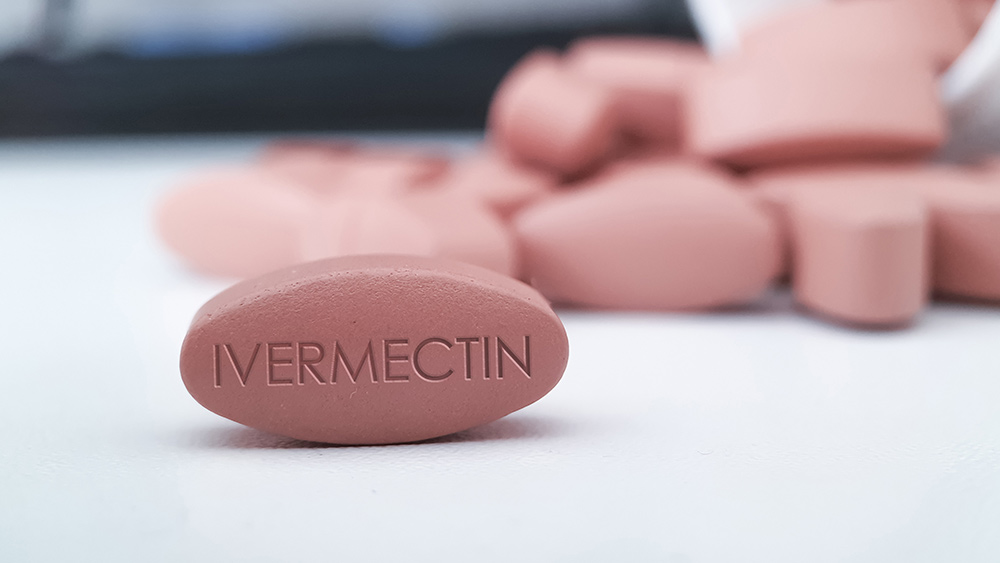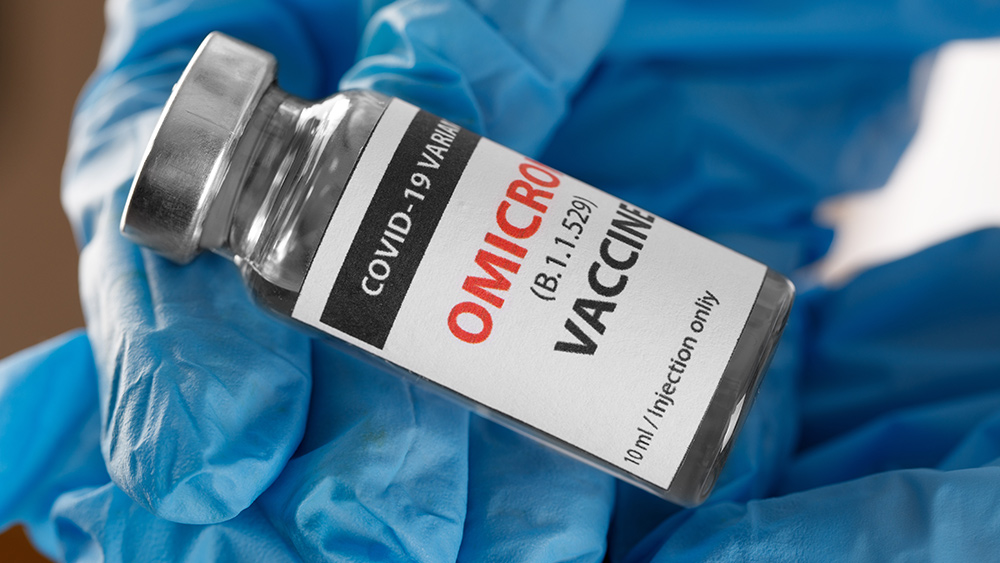Inspired by spiders and fire ants, researchers develop a new unsinkable metal
04/26/2021 / By Virgilio Marin
Researchers from the University of Rochester have developed an extremely buoyant metal that can be used to make unsinkable ships. The researchers have drawn inspiration from fire ants and diving bell spiders, which have the remarkable ability to remain afloat or survive underwater for long periods of time.
These creepy-crawlies are able to do this by trapping air in an enclosed area. With this in mind, the researchers “etched” tiny patterns on the metal’s surface that trap air. Thanks to these etched patterns, the metal keeps rising to the surface even after significant structural damage.
The researchers said that their novel material can be used to make unsinkable boats, wearable flotation devices that will remain buoyant after being punctured and even electronic monitoring devices that can last in the ocean.
Unsinkable metal inspired by water-resistant insects
Fire ants are able to survive long periods of time under or on the surface of water by joining their limbs together to form a flotation raft. They then trap air inside their superhydrophobic (extremely water-resistant) bodies to keep themselves afloat.
Similarly, diving bell spiders trap air inside a dome-shaped web functional like a diving bell. The spiders, which are the only member of its kind that lives almost entirely underwater, fill this globular web with air and carry it between their hydrophobic legs and abdomen. They use the air inside this web to be able to breathe, only visiting the surface when it needs to refill the web.
The disks are separated by just the right distance to trap and hold enough air to keep the structure floating, essentially creating an air bubble. Thanks to the superhydrophobic surfaces, water cannot enter the bubble even when the structure is submerged underwater.
“The key insight is that multifaceted superhydrophobic (SH) surfaces can trap a large air volume, which points towards the possibility of using SH surfaces to create buoyant devices,” the researchers wrote in the journal ACS Applied Materials and Interfaces.
New metal can be used to make unsinkable ships, floating devices
True to its promise, the material is unsinkable and extremely tough. The researchers submerged the structure for two months and found that it immediately floated to the surface once the weight was released. The structure also retained this ability even after being punctured multiple times. This is because the air remains trapped in the intact parts of the metal disks.
“This could lead to an unsinkable ship, a wearable flotation device that will still float after being punctured and even electronic monitoring devices that can survive in long term in the ocean,” said lead author Chunlei Guo, a professor of optics and physics.
Guo added that the etching process could be done on many other materials, not just metal, and can be scaled up for commercial use using the femtosecond laser. This ultrashort light pulse is seven times more powerful than the one they first used for etching, which took an hour to pattern just a small area on the surface. (Related: Breakthrough metamaterials may make buildings immune to earthquakes.)
With a better etching process, using the new material to build unsinkable ships and other buoyant watercraft is feasible for real-world use.
For more about amazing new technology, visit Inventions.news.
Sources include:
Tagged Under: breakthrough, cool science, discoveries, diving bell spiders, fire ants, future science, future tech, innovation, inventions, materials science, research, unsinkable metal
RECENT NEWS & ARTICLES
COPYRIGHT © 2017 DISCOVERIES NEWS





















